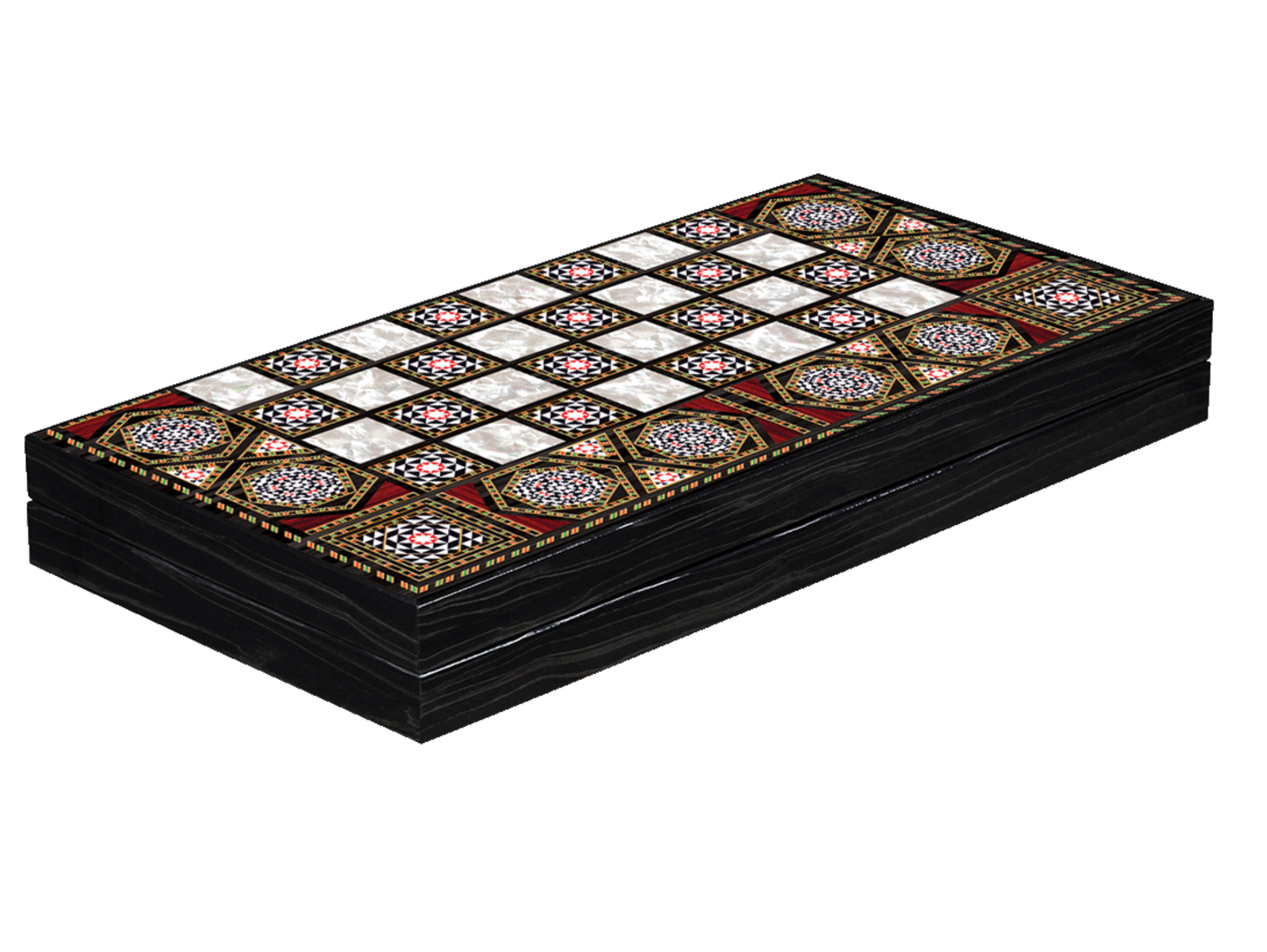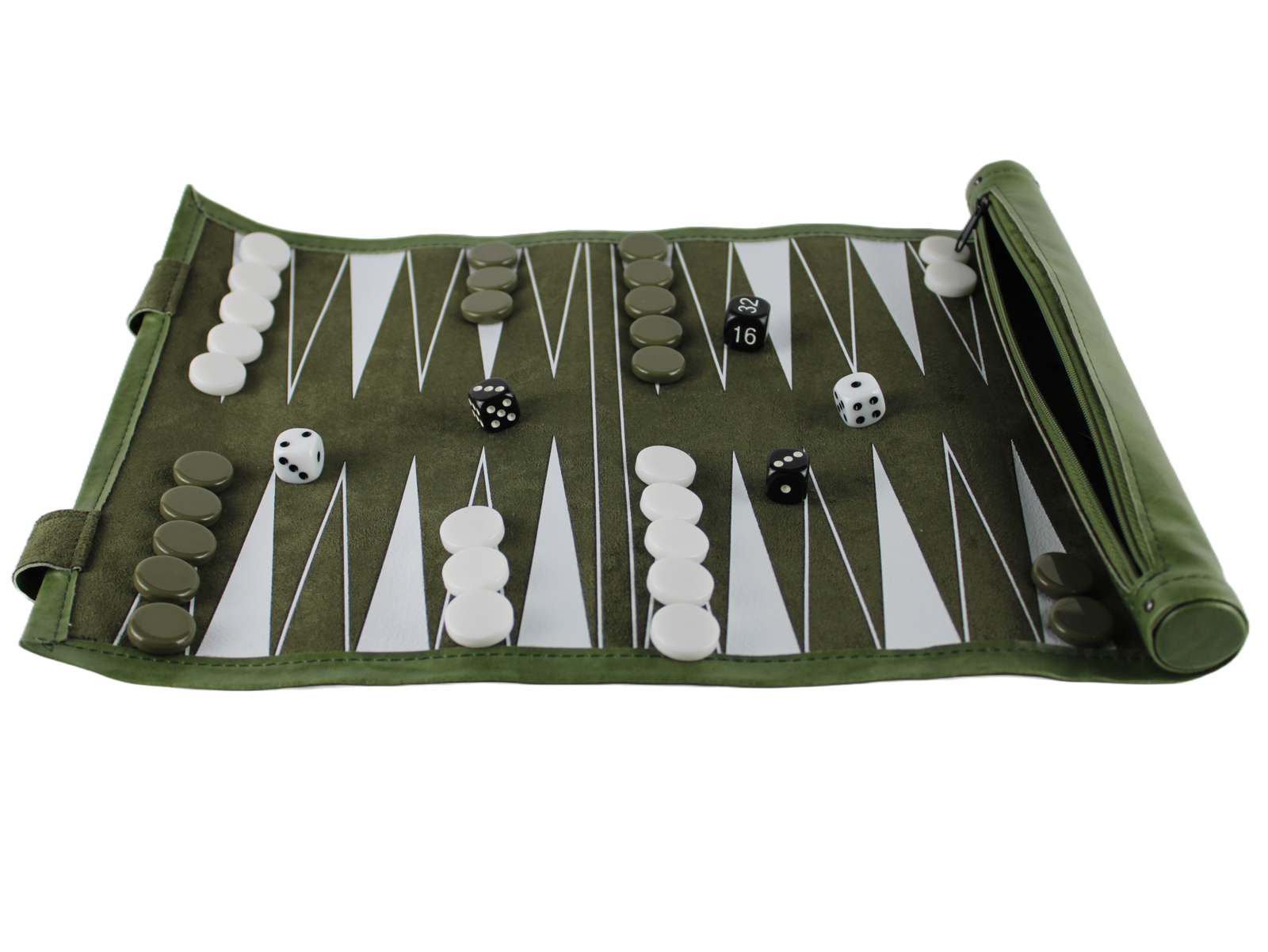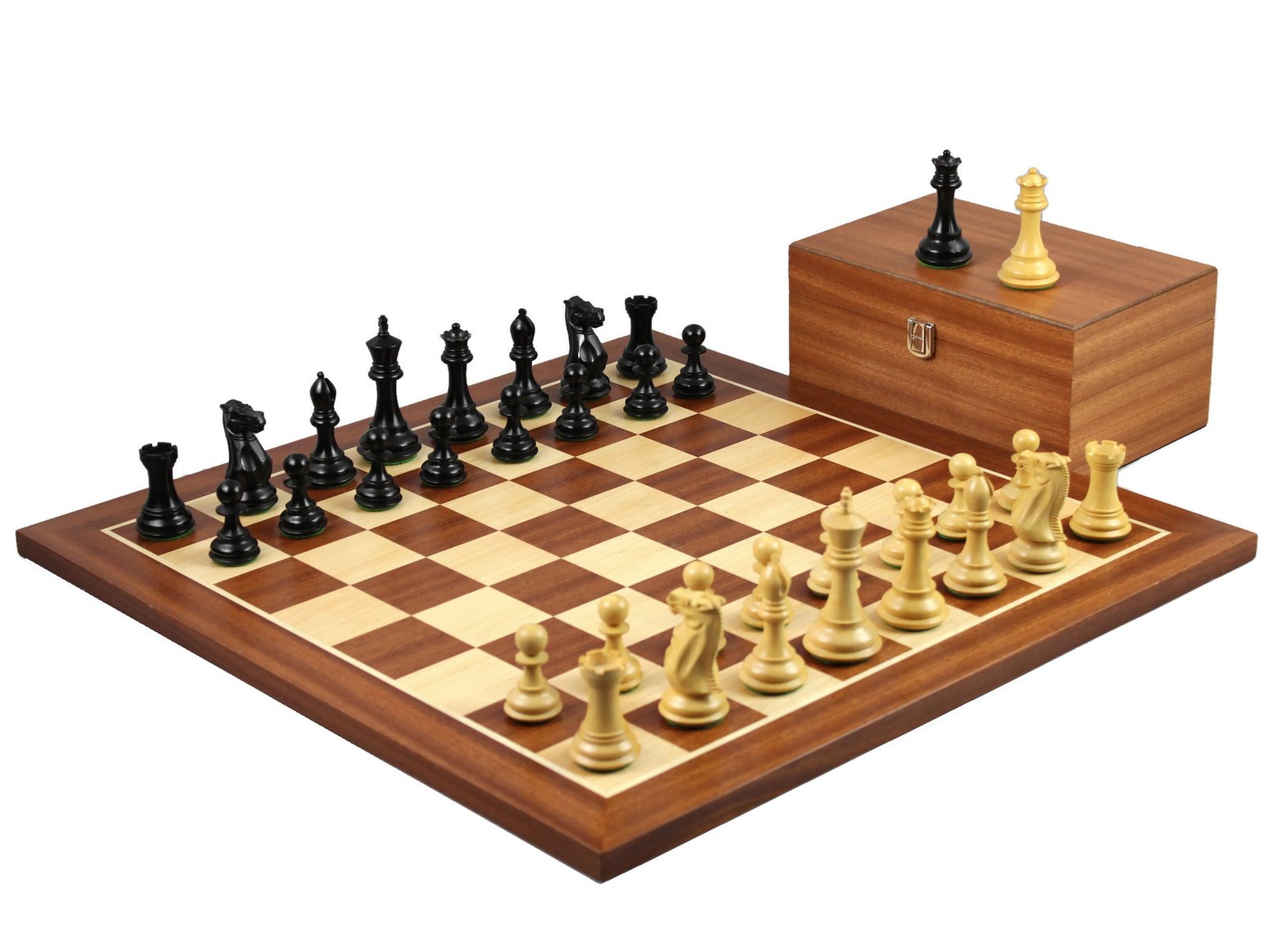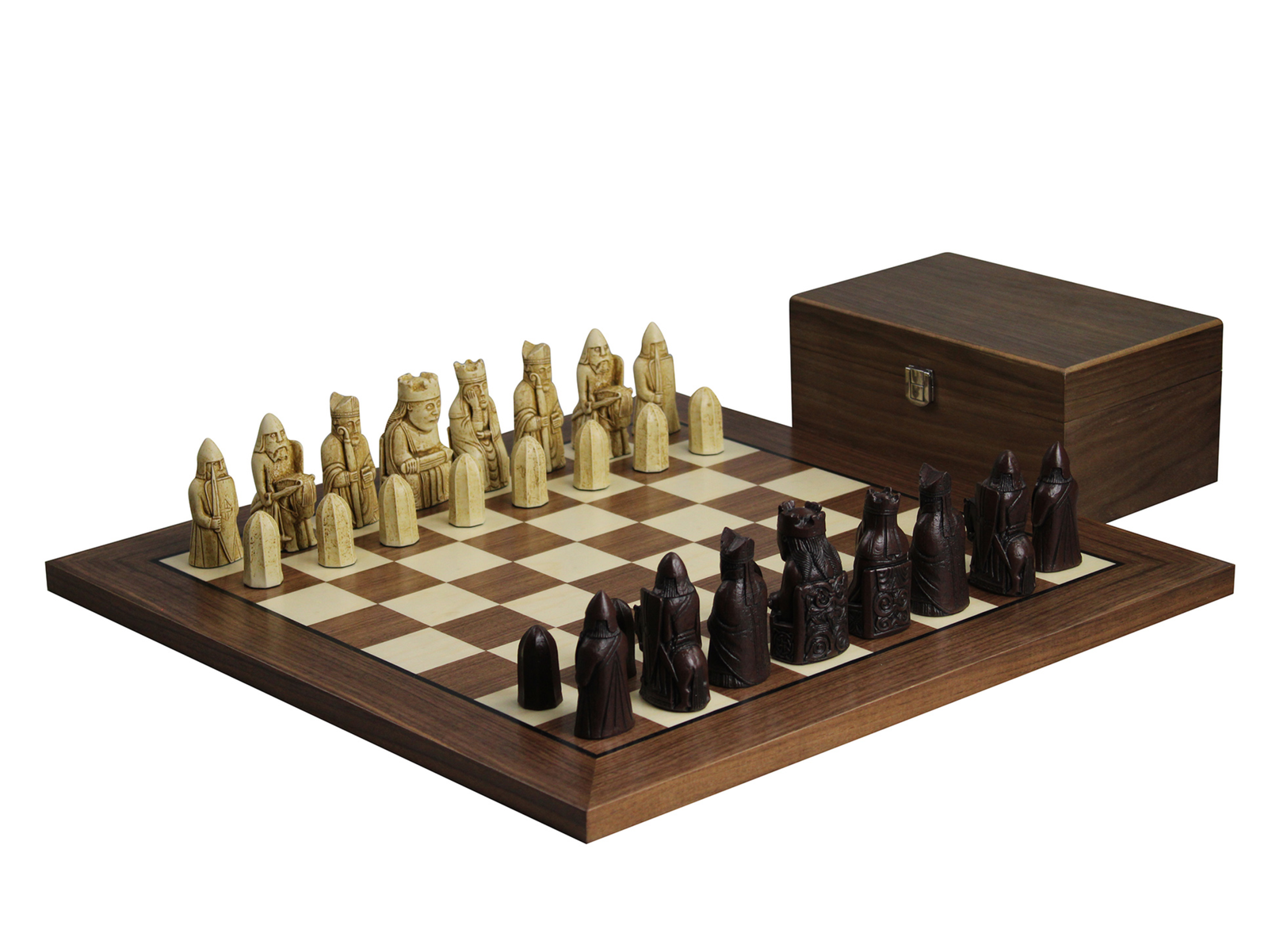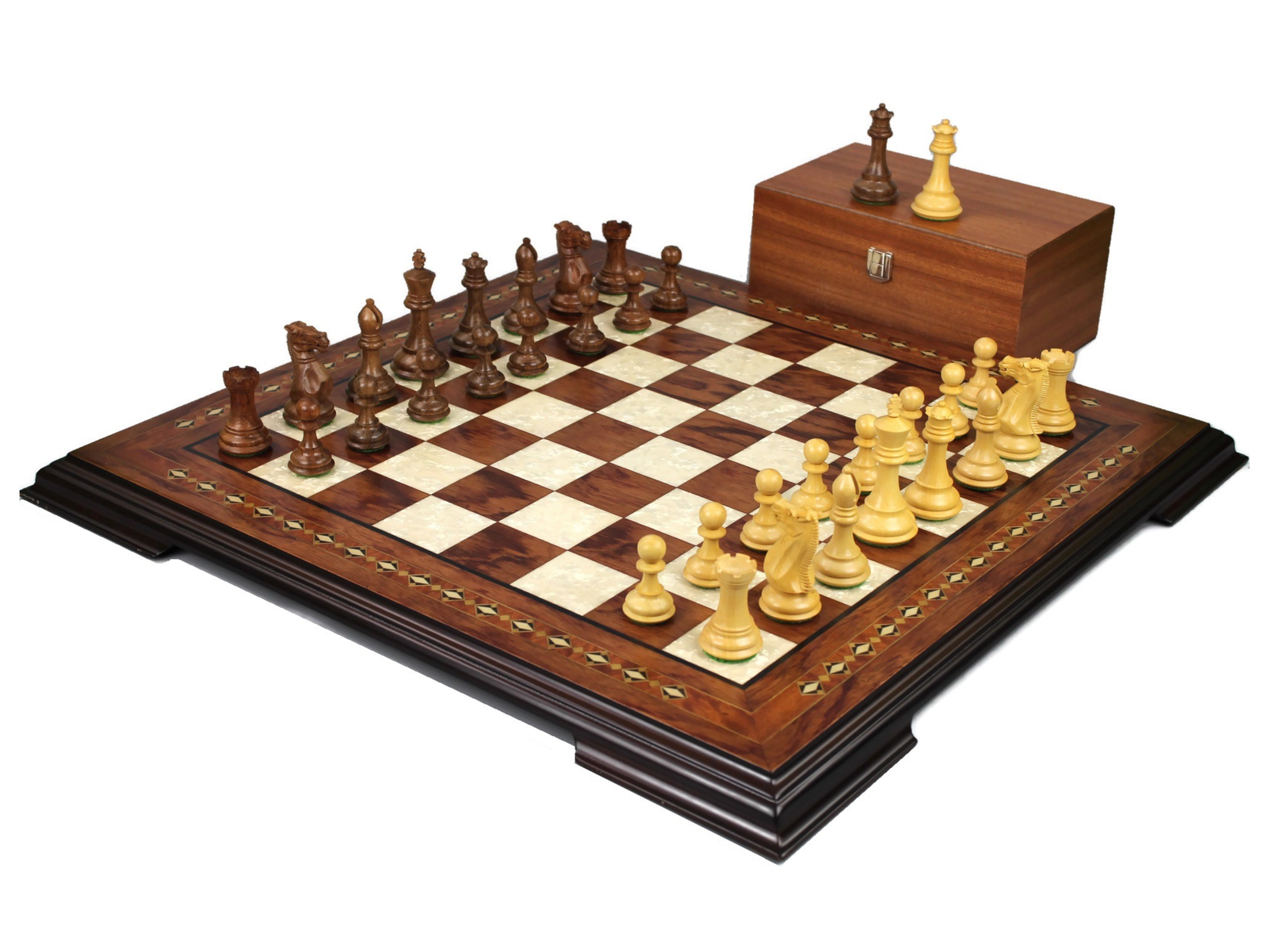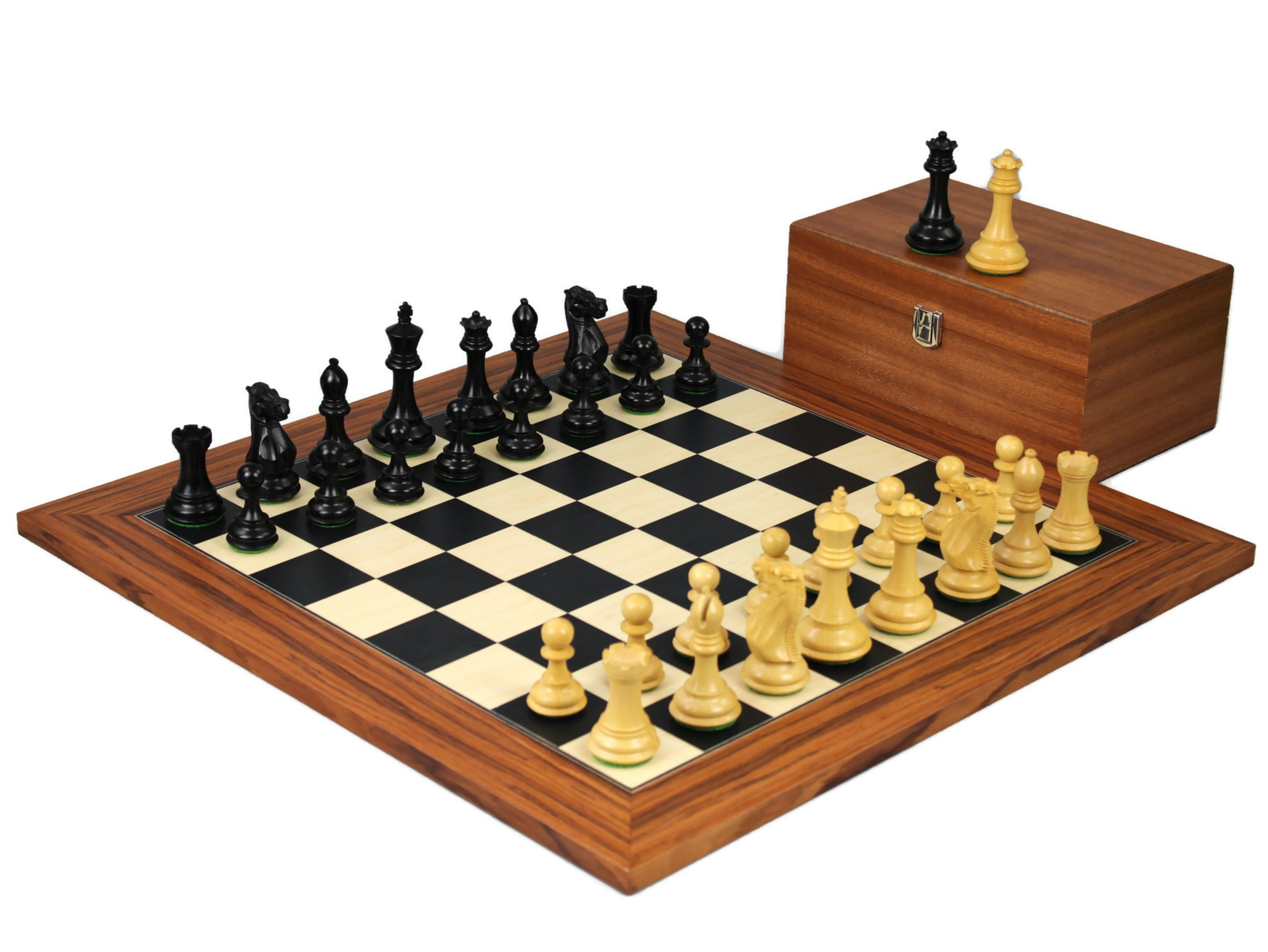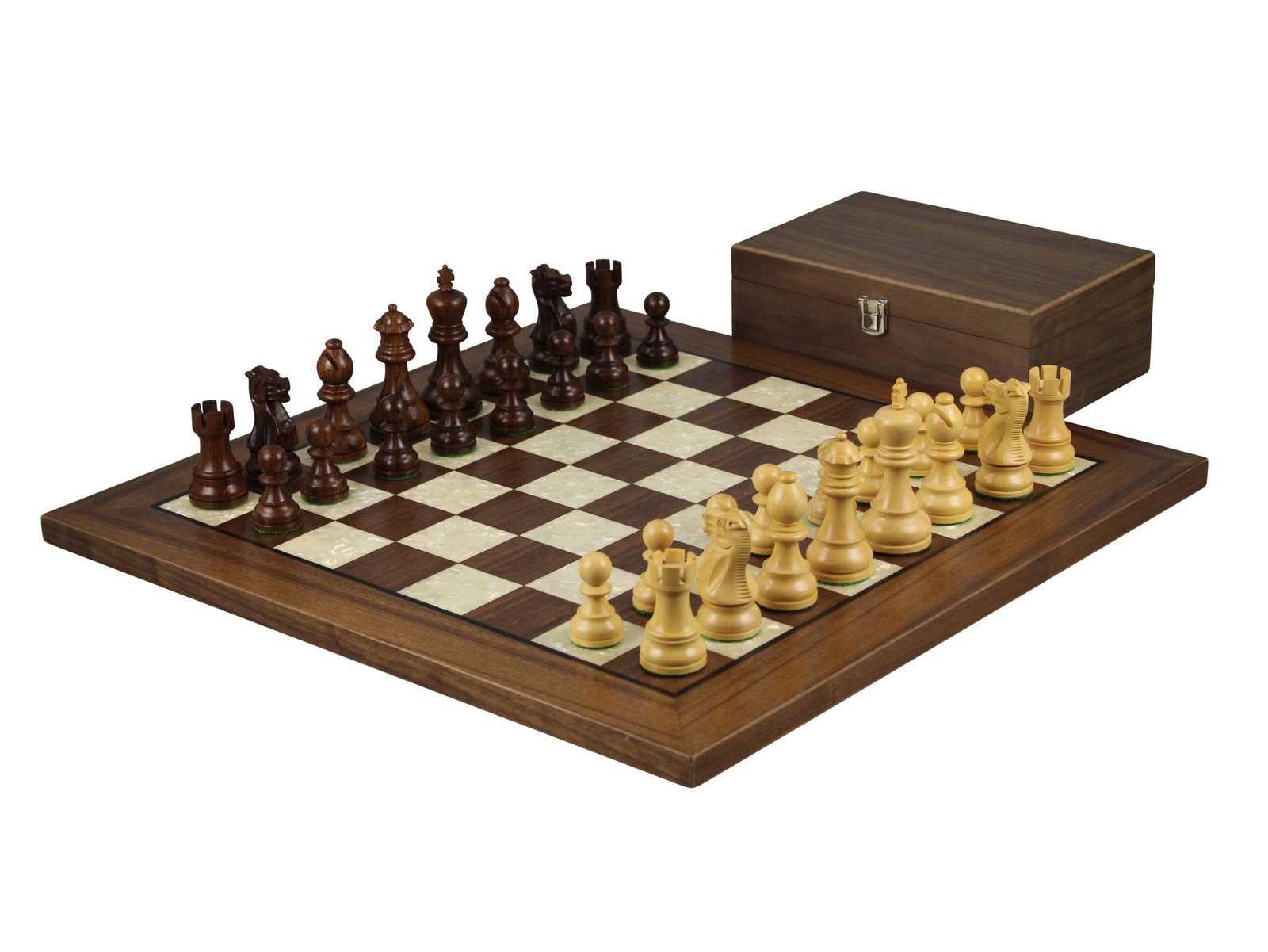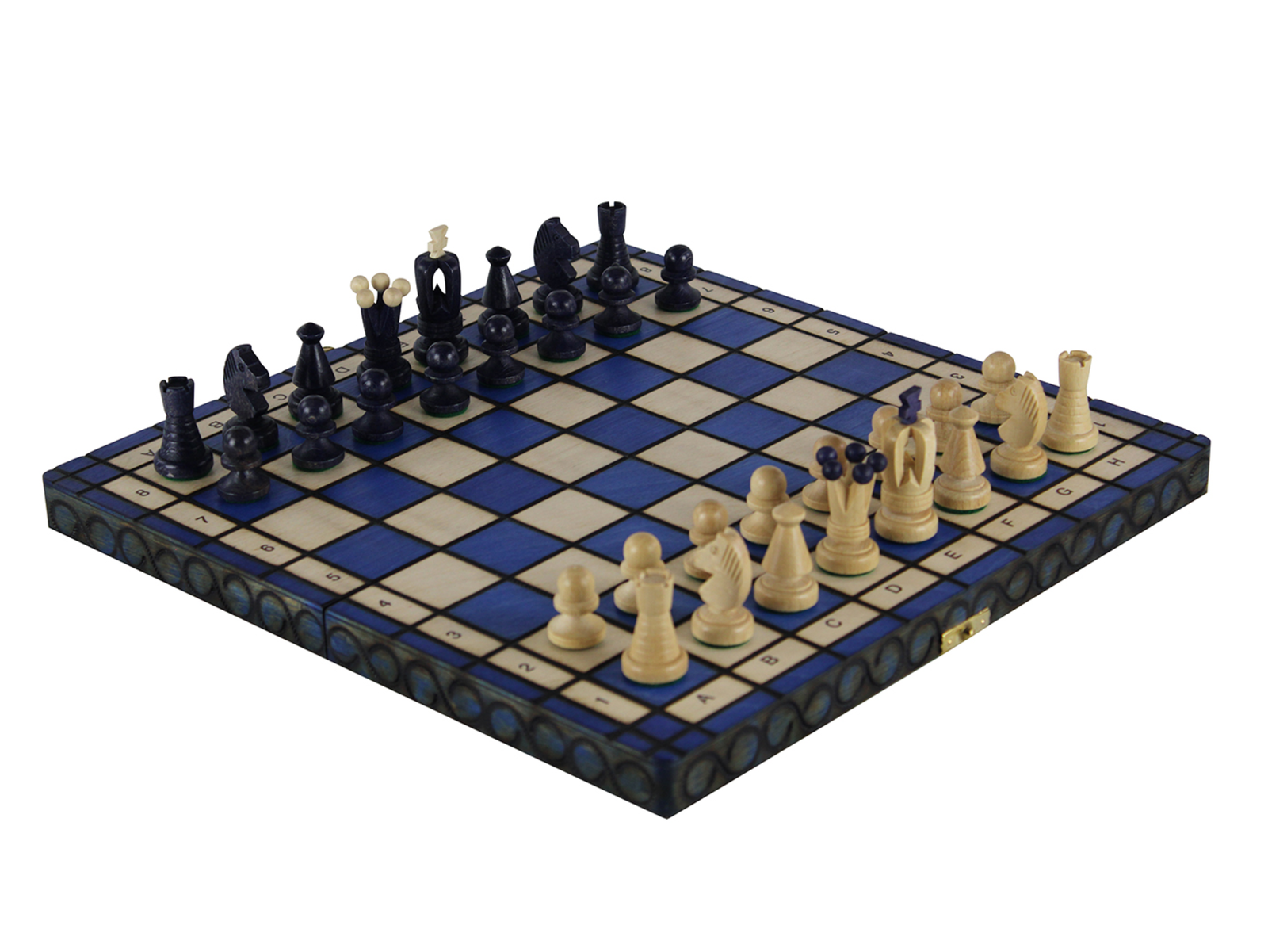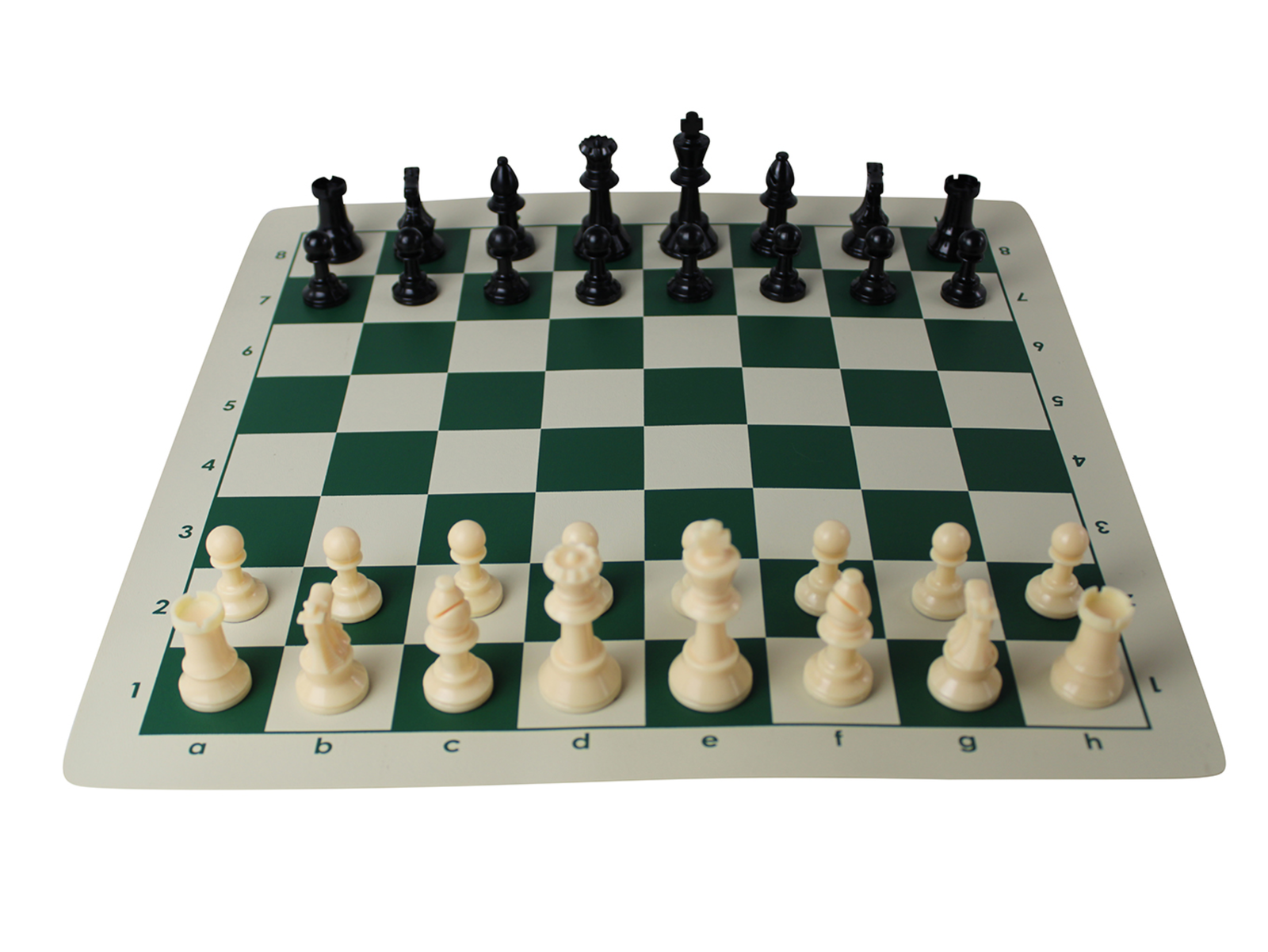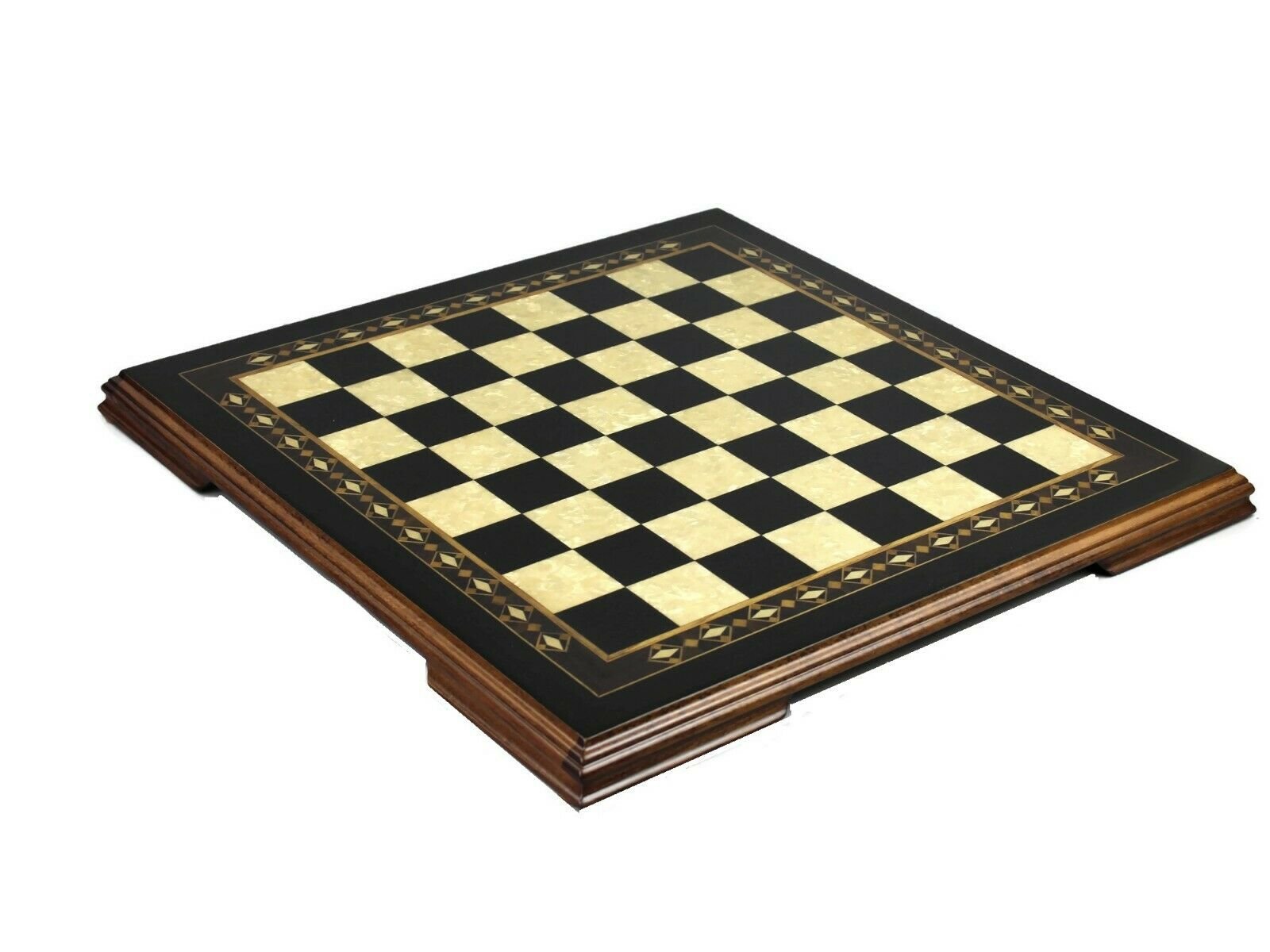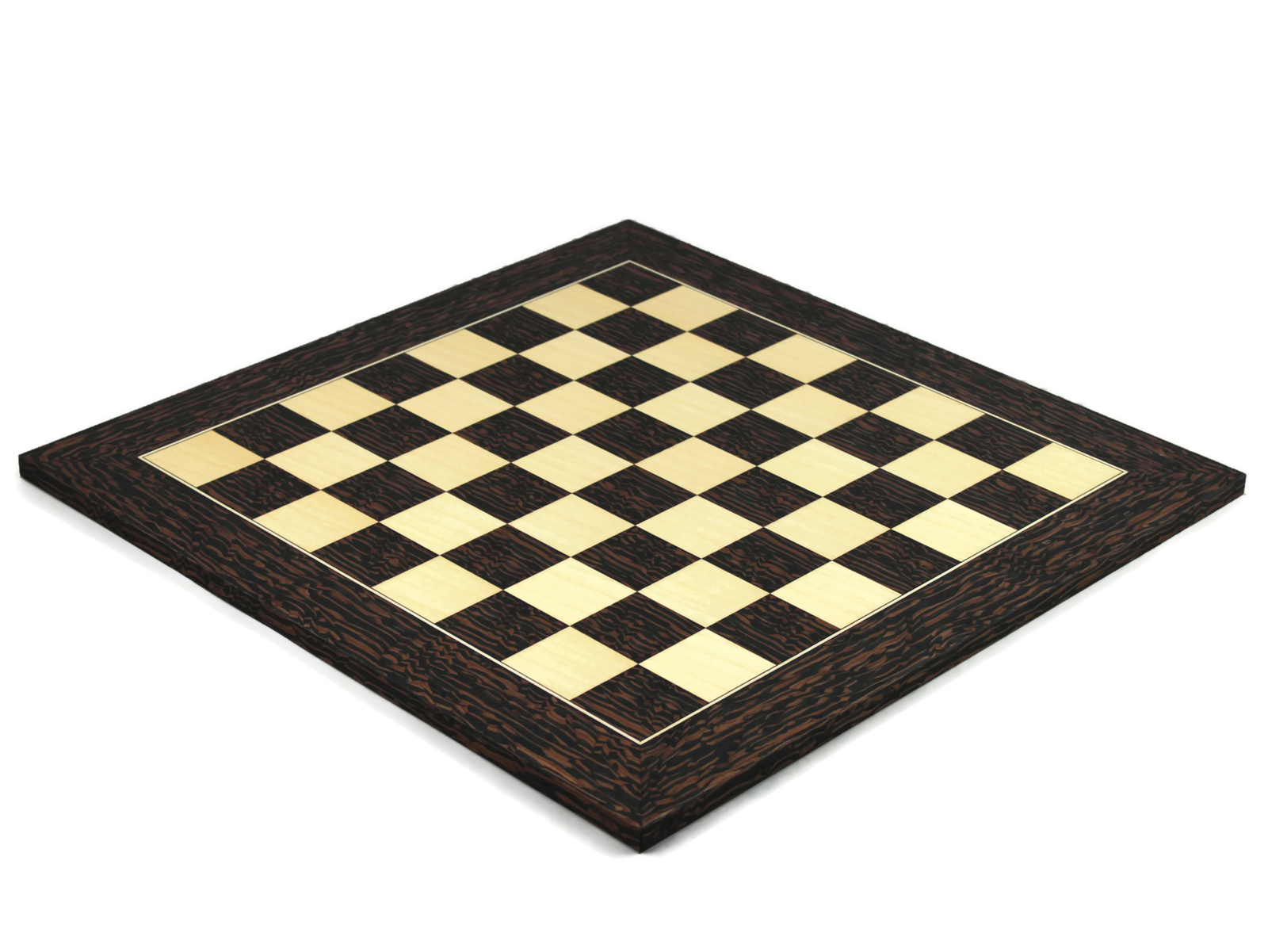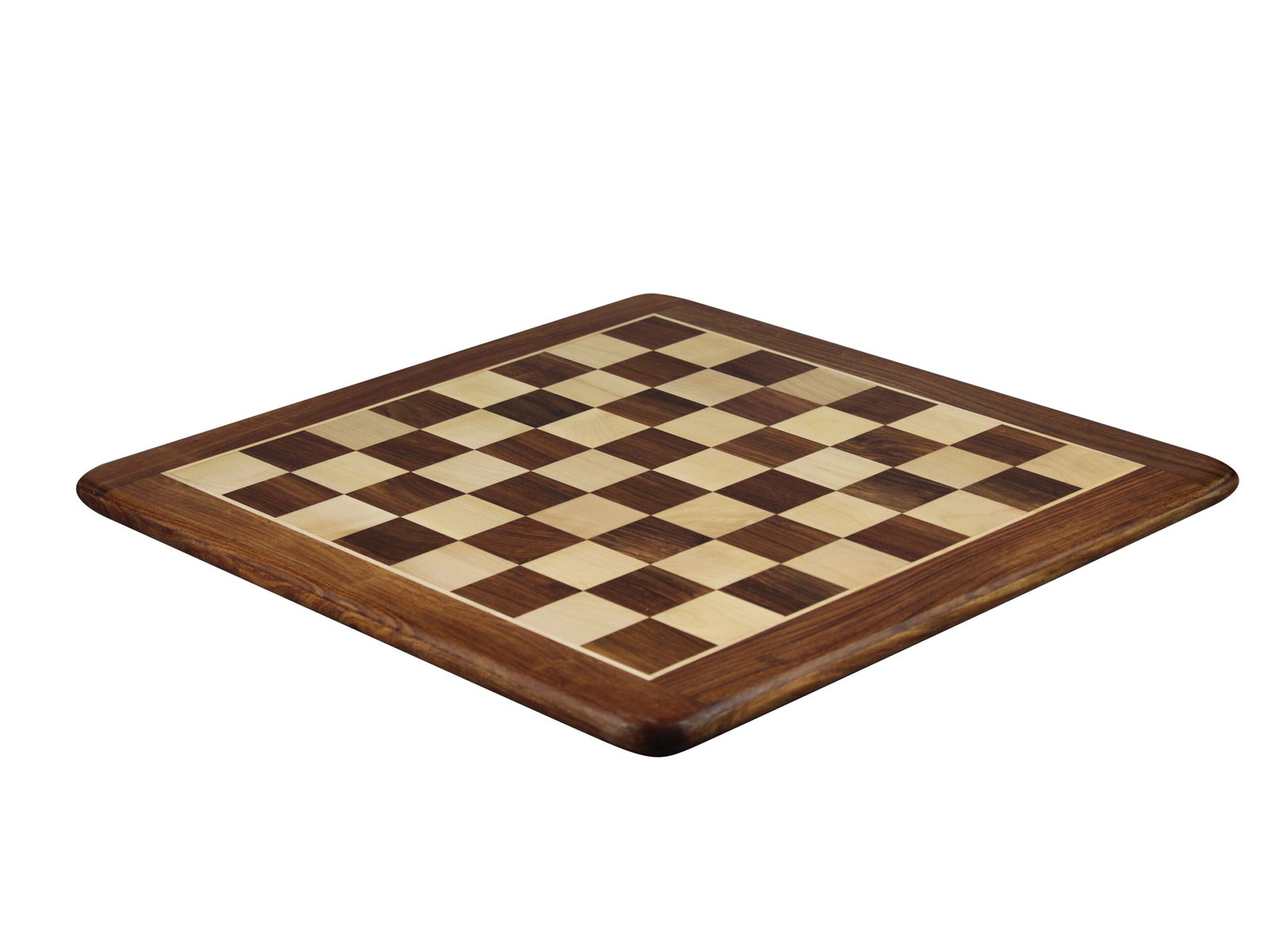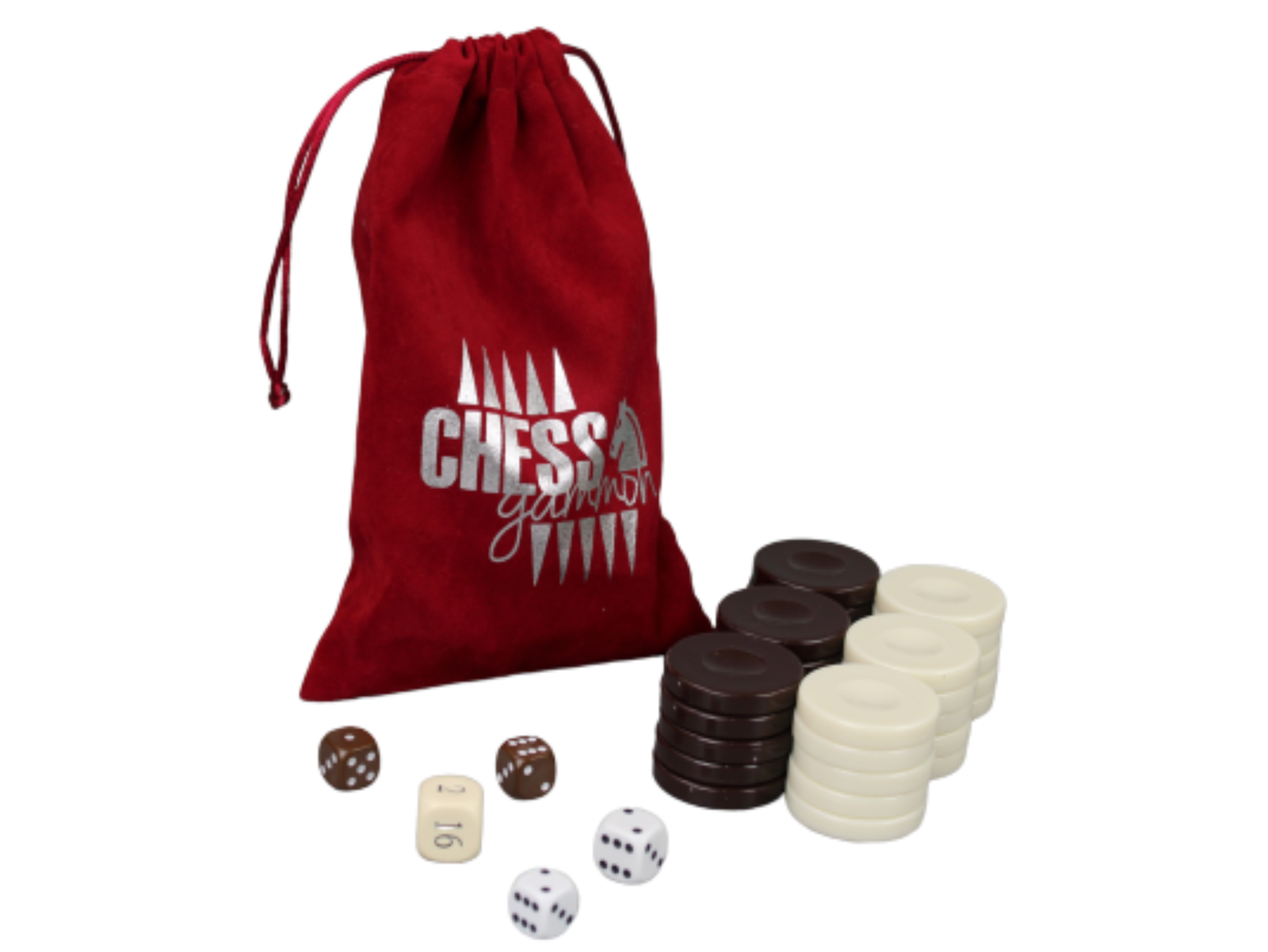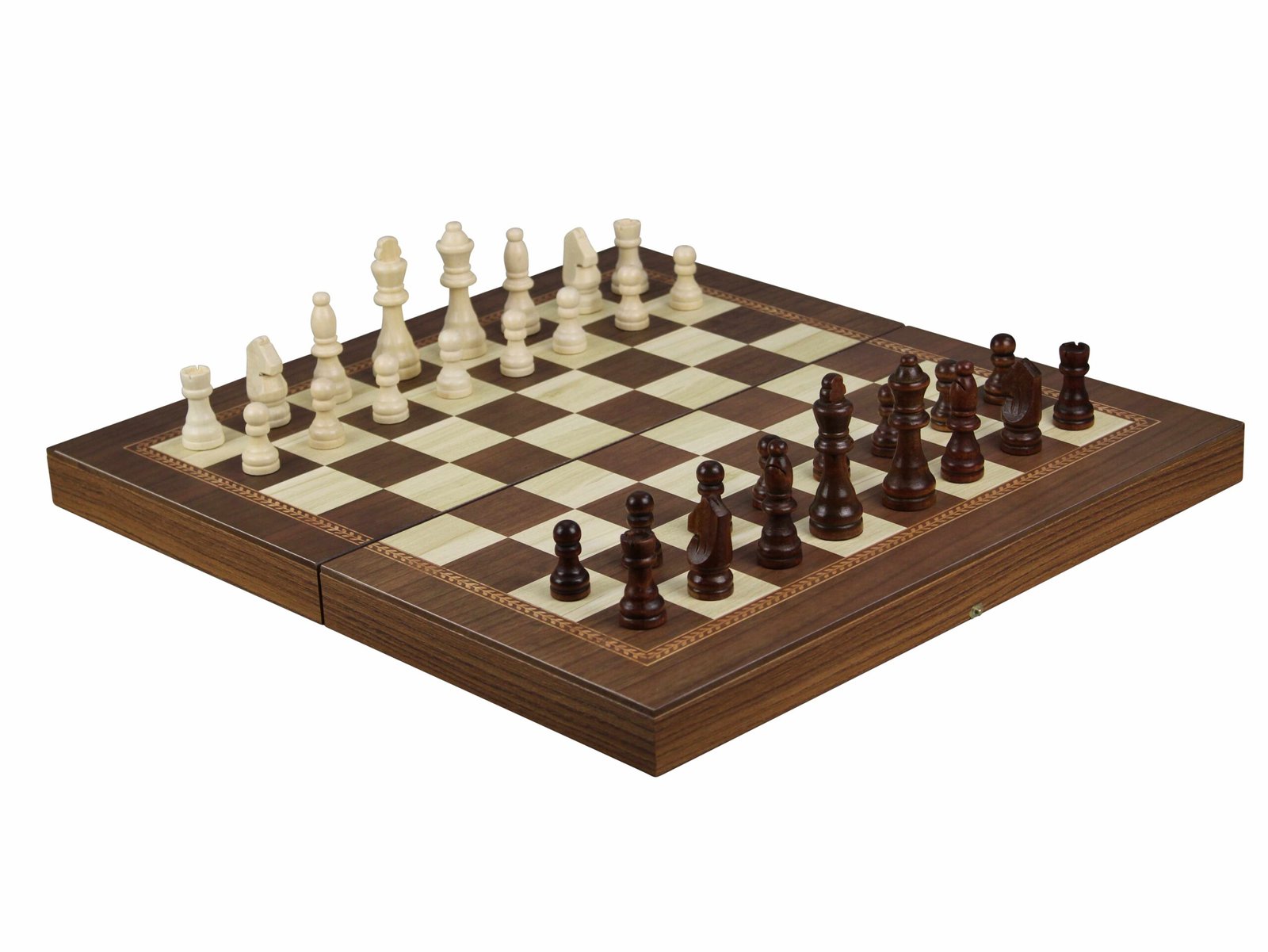The Queen’s Gambit is a chess opening that is designed to secure control of the centre of the chess board. It involves sacrificing a Queenside white pawn. There are particular pros and cons to the chess opening however, it sets the board up for a much more strategic rather than an all-out tactical game. It’s an opening that is widely recognised and used to this day by some of the greatest grand masters in chess. It’s also a great choice for beginner or intermediate players too.
What we will cover:
- The ‘Queen’s Gambit’ Opening
- Pros and Cons
- Variations of The Queen’s Gambit
- The Queen’s Gambit Declined
- The Queen’s Gambit Accepted
- Slav Defence
- Semi-Slav Defence
- Famous Games
The ‘Queen’s Gambit’ Opening
The Queen’s Gambit is called a Gambit because White is “sacrificing” his c-pawn in order to get a better control over the center. The white pawn must first move from D2 to D4:


Black moves its pawn opposite to D5. White then moves its pawn to C4, beside its first pawn and diagonal to Black’s pawn.


The black pawn can then either choose to accept or decline the gambit and each move has its own myriad of follow up moves.
The essential aim of the Queen’s Gambit opening is that the black will take the bait, then the white pawn in e2 can move to e4.


This will allow white to be at a much more dominant position as it has two central pawns and can easily regain the pawn lost by using the bishop in f1 to capture the black pawn in c4
Pros and Cons
Pros
- Fights to control the center
- It puts immediate pressure on Black
- Gains space
Cons
- White may have to spend time getting the pawn back
- Less attacking chances against the black king
- Black could potentially counterattack d4
Variations of The Queen’s Gambit
Black can meet the Queen’s Gambit by capturing the white c4-pawn (Queen’s Gambit Accepted) or try to hold on to their d5-pawn (Queen’s Gambit Declined and Slav Defence). Numerous variations branch out from each of those options.
The variations covered in this guide are:
- The Queen’s Gambit Declined
- The Queen’s Gambit Accepted
- Slav Defence
- Semi-Slav Defence
The Queen’s Gambit Declined
The Queen’s Gambit Declined is one of the most classical responses to 1. d4, and has been played by almost all of the great players in history. It is definitely one of the best chess openings for beginners. Let’s investigate this opening step by step in our starting position. The Queen’s Gambit begins with the following moves:


This is what’s called the mainline of Queen’s Gambit Declined. Black does not take the bait and instead builds up a solid position.
The Queen’s Gambit Declined lines secure Black strong central control with the pawns on d5 and e6.
Almost all of Black’s pieces can be developed to natural squares. Moreover, the move 2…e6 frees the dark-squared bishop on f8 so it can be developed to e7, bringing Black one step closer to castling. This play is very useful when the Black wants to prioritise king safety. However, the downside to it is that it the light-squared black bishop will remain blocked.
The Queen’s Gambit Accepted


In the Queen’s Gambit Accepted, the white bishop can easily regain the pain by attacking c4, similarly, the white queen in d1 can move to a4 and check the black king as well as regain the pawn here. It is a very good opening and fierce move for the whites if black accepts and holds on to the pawn.
After taking the pawn with 2…cxd4, Black should not try to hold on to it but instead focus on developing their pieces while White recaptures the pawn. This is because the game can easily become defensive for the blacks and an attack for the whites, leaving the blacks unable to progress any further in the game.
Slav Defence
If you’d rather decline the gambit, the Slav Defense is a good play. This defense will give you a solid position even if you learn just the basics of it. Black wins 21% of games with the Slav, draws 39%, and loses 40%.


Semi-Slav Defense
The Semi-Slave defense is a follow up variation from the Slav Defense. Here are the follow up steps to obtain this position:








This position is a semi-slav defence.
The Semi-Slav is a solid variation for Black, whose main focus is to keep a strong and stabilized center with a “triangle” of pawns on e6, c6 and d5.
Famous Games
As we’ve mentioned already, the Queen’s Gambit is a very popular play that has been seen in many of the greatest games in history with some of the best grandmasters.
Here are a few if you wanted to have a little look into them:
Alekhine vs Lasker, 1934
Bernstein vs. Capablanca, 1914
Karpov vs. Kasparov, 1984
The Queen’s Gambit is one of their most-played openings as White—such as GMs Magnus Carlsen, Ding Liren, Levon Aronian, Anish Giri, Alexander Grischuk, Wesley So, Shakhriyar Mamedyarov, and Teimour Radjabov.


